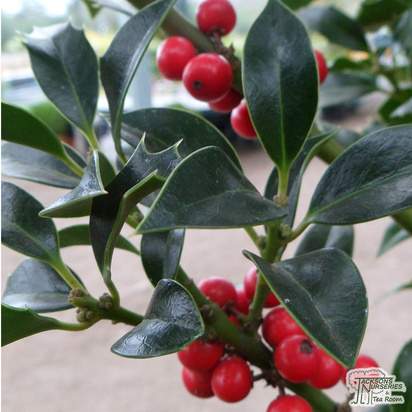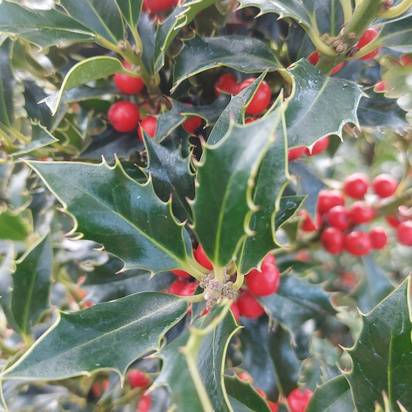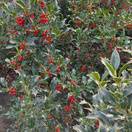Check Here Before Buying – Pot Size Matters...Not all websites offer the same. Plants in a 2-litre pot have twice the root system of a P9 or 1 litre pot.
A bushy shrub with unusual shaped, spiny leaves deep green in colour. Bears white flowers in summer followed by red berries in autumn.







